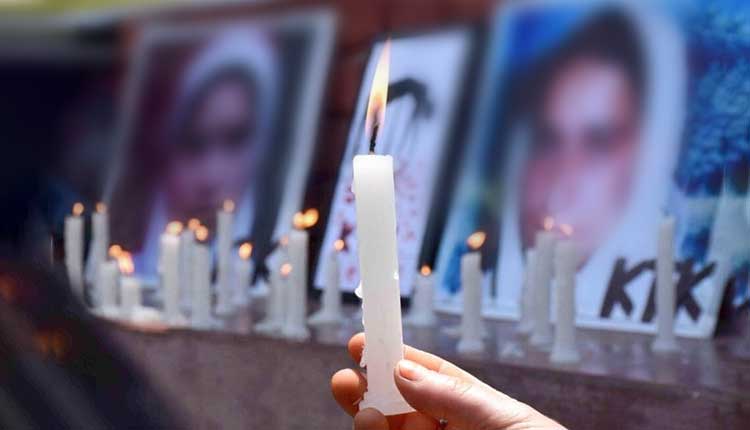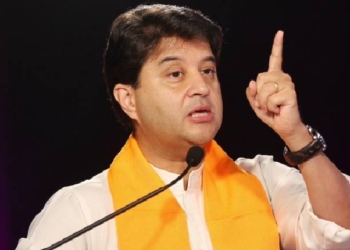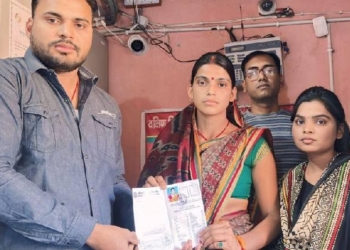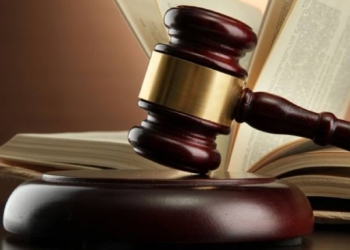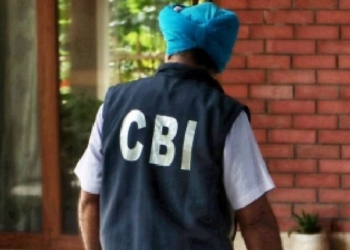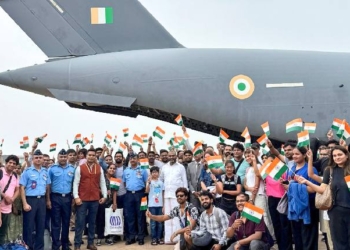New Delhi: When the country was engrossed with Prime Minister Narendra Modi’s historic state visit to the US and also kept a watch on the Opposition’s unity moves, the J&K administration quietly terminated the services of two doctors.
The case is not one of simple dereliction of duty, but that of a conspiracy hatched on behalf of Pakistan’s ISI and terror outfits that pushed Kashmir into a month-long period of violence in 2009.
It took 14 years for the truth to come out, and the real culprits are yet to be unmasked. It is important to recall the case to understand the plot that involved people ranging from doctors to lawyers, activists, religious and political leaders and separatists, and how they tried to unleash a narrative against the security forces. The case shows how emotions were preyed upon and exploited by using fear and religion.
The protests became marches for so-called ‘azadi’. Women holding placards of the victims took to the streets and instantly made headlines in various international media outlets.
Different human rights groups denounced the Indian forces and criticised the country. Pakistan and its agencies ran a campaign for two women who had been killed in the Valley — Asiya and Neelofar — and went to international fora to attack India.
The 2009 Shopian death case involving two Kashmiri women is one of the thousands of such cases where intrigue, conspiracy and lies were peddled by anti-national and pro-Pakistan lobbies.
On May 29, 2009, two women — 19-year-old Asiya Jan and her 22-year-old sister-in-law, Neelofar Jan — disappeared after they left their home to visit an orchard in Shopian district’s Bonagam village. Their bodies were found a day later in the nearby Rambiara stream.
The villagers accused the security forces of raping and murdering the two women and took to the streets in large numbers. The family did not file an FIR. Though the state government headed by Chief Minister Omar Abdullah initially said the two women had drowned, a Special Investigation Team (SIT) was ordered to probe the case.
Three days after the incident, Omar addressed the media and claimed that the SIT’s preliminary report suggested drowning as the cause of the women’s death. Despite the findings, the Chief Minister dissolved the SIT and ordered a judicial inquiry by former high court judge Muzaffar Ahmad Jan.
The protests continued and became more systematic. Separatist leader Syed Ali Shah Geelani took charge and a committee, Majlis-e-Mushawarat, comprising civil society members, lawyers and businessmen was formed to run the agitation.
The protests spread across the state with Mehbooba Mufti’s People’s Democratic Party (PDP) also lending support. Finally, an FIR was filed on June 7, 2009, and Shopian’s then Superintendent of Police (SP) Javid Iqbal Mattoo was transferred by the government.
Soon thereafter, the Forensic Science Laboratory (FSL) report “confirmed the presence of spermatozoa in the vaginal swab slides of the victims”. Following this the authorities constituted another SIT, headed by a Superintendent of Police, to further investigate the matter.
On July 7, 2009, the Justice Jan Commission submitted its report and said the police was responsible for the destruction of evidence and pointed fingers at the character of the husband of one of the victims. The report was, however, rejected by the Majlis-e-Mushawarat.
Under pressure, the government suspended four police officers, including SP Mattoo, and also arraigned them as accused in the case. The J&K High Court later ordered the arrest of these policemen and asked the authorities to put them through a narco-analysis test. It also directed the police to match the DNA profiles of the policemen with the deceased women to expedite the matter.
An examination by the Central Forensic Science Laboratory (CFSL) found that the vaginal swabs sent for the tests were fabricated. The Omar Abdullah-led government finally handed over the probe to the CBI.
CBI officials exhumed the bodies of Asiya and Neelofar and a team of doctors from AIIMS-Delhi took samples for medical examinations. The J&K High Court imposed a complete ban on reporting the CBI investigation. During the CBI probe, evidence came to light that showed the post-mortem reports of the victims were fudged at the behest of the Majlis-e-Mushawarat.
Taped conversations between a Majlis representative and two doctors emerged, which nailed the lie of the Shopian rapes. The Jammu and Kashmir Police had tapped the phones and it was clear that the doctors knew the two young women had not been raped.
The CBI filed a chargesheet against 13 persons, including six doctors, five lawyers and two civilians. The civilians included the brother of a victim, the doctors included both Nighat Shaheen Chiloo and Bilal Ahmad Dalal, whose services were terminated by the government on June 22.
The plot also involved how to handle the media. Reporting on the case became a challenge for reporters as they started receiving threats. Only the Geelani and Majlis narrative had to be followed. Journalists covering the case would be shadowed and interviews of the victims’ families would be carried out in the presence of Majlis representatives.
The case shows how even the government of the day and politicians, some of whom added fuel to the fire by making malicious statements, went along with the narrative of rape and murder. For 47 days, Kashmir was overtaken by protests, stone throwing, shutdowns, attacks and clashes with the security forces, and several public properties were set on fire.
Seven civilians got killed and hundreds were injured in the clashes. Geelani continued to rake up the case year after year, calling for shutdowns, and on May 30, 2019, he gave a protest call to “mark the 10th death anniversary of Asiya and Neelofar”. He even demanded a high-level probe into the case by the United Nations Human Rights Commission.
The plot was well thought out, and successfully put the security forces in the dock for some time and increased hatred for them in the Valley.
Now, 14 years later, the truth is finally out. The CBI probe has found that the two women were neither raped, nor murdered. They had drowned.
The two doctors, Bilal Ahmad and Nighat Shaheen Chilloo, knew this truth, but worked as per the plan. After 14 years, they have been dismissed from service for “actively working with Pakistan and hatching a conspiracy with its assets within Kashmir to falsify the post-mortem report of Asiya Jan and Neelofar of Shopian, who had unfortunately died due to accidental drowning on May 29, 2009”, officials said.
The Shopian case is an eye-opener. This was one of a series of experiments successfully carried out by Pakistan and its supporters in the valley. The pro-Pakistan elements in Kashmir used to work on creating particular narratives, and never missed an opportunity to make simple cases complicated to malign the security forces.
A web of deceit was sought to be created to keep the valley in a perpetual state of turmoil. Kashmir’s history is full of similar dark secrets, especially the one that triggered the persecution and forced exodus of the minorities.
How it was planned and deftly implemented is yet to be proven as no inquiry has ever been made into Kashmir’s major violent tragedies. Over seven lakh Kashmiri Pandits were forced out of their homes, nearly a thousand killed, and hundreds kidnapped and tortured, women abducted and gang-raped, their homes, land and belongings usurped.
Each of these cases is an intrigue in itself. The killings happened and no one ever has been arrested or jailed.
If it took 14 years for the truth to come out in the 2009 Shopian case, it may take longer for the truth behind all the plots to be unravelled. But the truth shall definitely prevail — no matter how long we have to wait.
(IANS)



